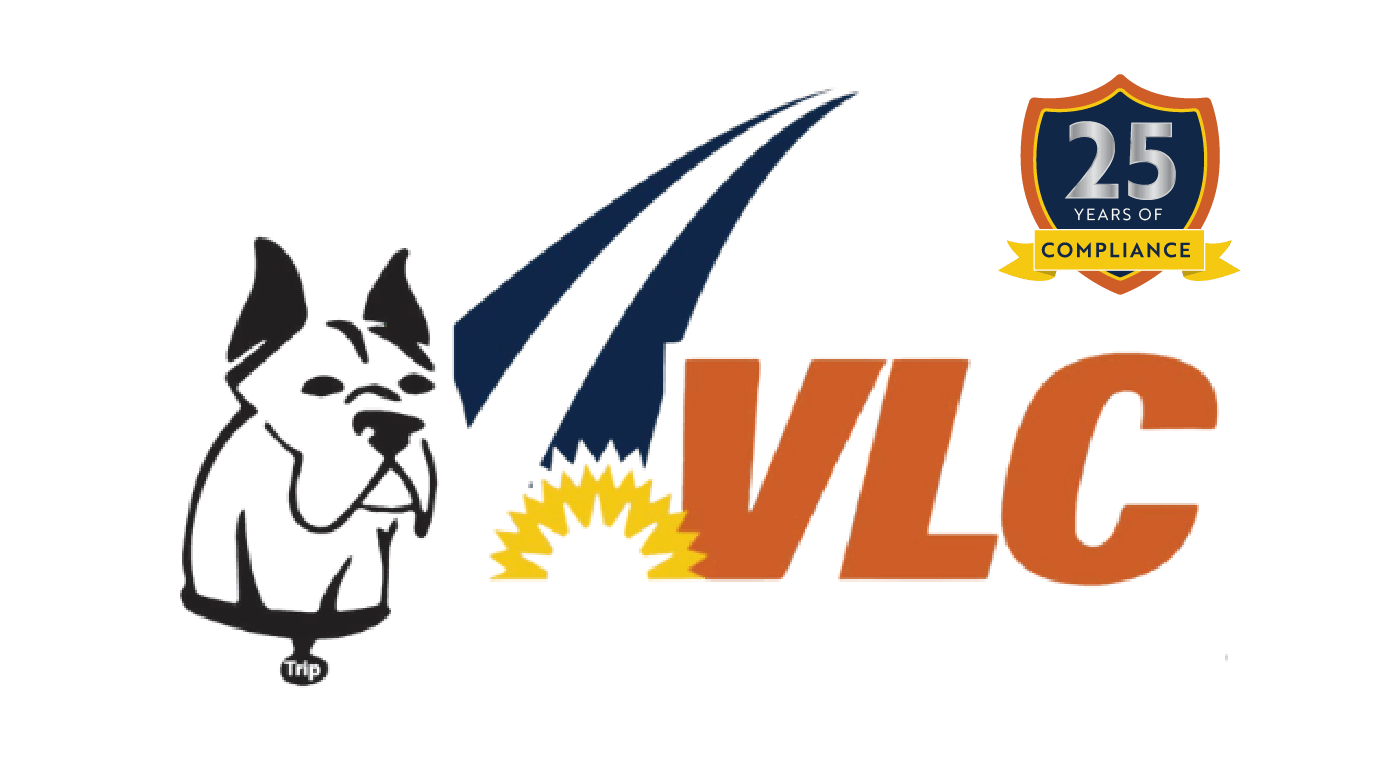The Federal Motor Carrier Safety Administration has announced a groundbreaking FMCSA Hours of Service pilot program for 2026. This initiative will test new flexibility options that could reshape how drivers manage their time on the road. About 500 drivers will participate in this trial to evaluate whether these changes reduce fatigue and improve safety.
What the FMCSA Hours of Service Pilot Program Will Test
The pilot program introduces two major flexibility options for participating drivers.
Pause the 14-Hour Clock
Drivers could pause their 14-hour driving window for periods ranging from 30 minutes to 3 hours. This feature addresses real-world challenges that drivers face daily.
The pause option allows time for genuine rest breaks during long hauls. Drivers can also use this flexibility to handle delays at shipping and receiving locations. Traffic congestion becomes less stressful when drivers can pause their clock instead of losing valuable drive time.
New Sleeper Berth Splits
Current regulations limit drivers to 8/2 or 7/3 sleeper berth splits. The pilot will test alternative arrangements like 6/4 or 5/5 splits.
These new options could better align with natural sleep patterns. Drivers would have more choices in how they structure their rest periods.
Why This Flexibility Matters for Transportation
Hours of Service rules exist to protect public safety by preventing driver fatigue. This core mission remains unchanged. However, the reality is that drivers understand their own fatigue levels better than any logbook.
Benefits for Drivers
The program could deliver several advantages for professional drivers. Less burnout becomes possible when drivers can rest according to their actual needs rather than regulatory schedules.
Well-rested drivers make better decisions on the road. This flexibility could lead to improved safety outcomes across the industry.
Impact on Fleet Operations
Fleet managers may experience reduced turnover rates as driver satisfaction improves. Fewer fatigue-related incidents could also result from more personalized rest schedules.
HR teams benefit from decreased burnout levels among drivers. Improved job satisfaction helps with recruitment and retention efforts.
However, increased flexibility requires closer monitoring. Fleet managers must ensure drivers make safe choices with their new options.
How Fleet Technology Supports HOS Flexibility
Compliance and productivity tools become essential as regulations evolve. Two key solutions help fleets navigate these changes effectively.
DQM Connect for Compliance Management
DQM Connect tracks driver qualification files and safety performance data continuously. This system ensures that flexible HOS options do not create regulatory risks for fleets.
Automated workflows help safety managers identify potential issues before they become violations. Real-time monitoring becomes crucial when drivers have more scheduling options. Learn more about DQM Connect
TripDAWG for Route Optimization
TripDAWG provides real-time trip data and advanced route management capabilities. The system analyzes traffic patterns, shipper delays, and fuel stop requirements.
This analysis helps fleets maximize productivity within existing HOS limits. When pause and split options become available, optimized trip planning becomes even more valuable.
TripDAWG ensures drivers use their time efficiently while reducing stress and wasted hours. Learn more about Trip Dawg
Integrated Technology Solutions
These tools work together to provide comprehensive fleet management. Visibility and control help fleets adapt to changing regulations while maintaining safety standards.
Compliance, productivity, and driver satisfaction all improve when the right technology supports operational decisions.
Preparing for Industry Changes
This pilot program has limited scope with only 500 participating drivers in 2026. However, successful results could lead to broader regulatory changes across the industry.
The FMCSA demonstrates willingness to listen to feedback from drivers and test practical solutions. This approach balances safety requirements with operational flexibility and driver trust.
Technology Readiness
Fleets should evaluate their current technology capabilities now. The right systems will turn flexibility into competitive advantages.
Drivers get more rest when they need it most. Fleet managers gain tools to maintain productivity and compliance simultaneously.
Key Takeaways for Fleet Decision Makers
Safety remains the top priority in all HOS discussions. Technology solutions enable fleets to embrace flexibility while maintaining regulatory compliance.
The FMCSA Hours of Service pilot program represents a significant shift toward driver-centered regulations. Fleets that prepare now will be ready to capitalize on these changes when they become available.
Successful implementation requires the right combination of technology, training, and operational procedures.



